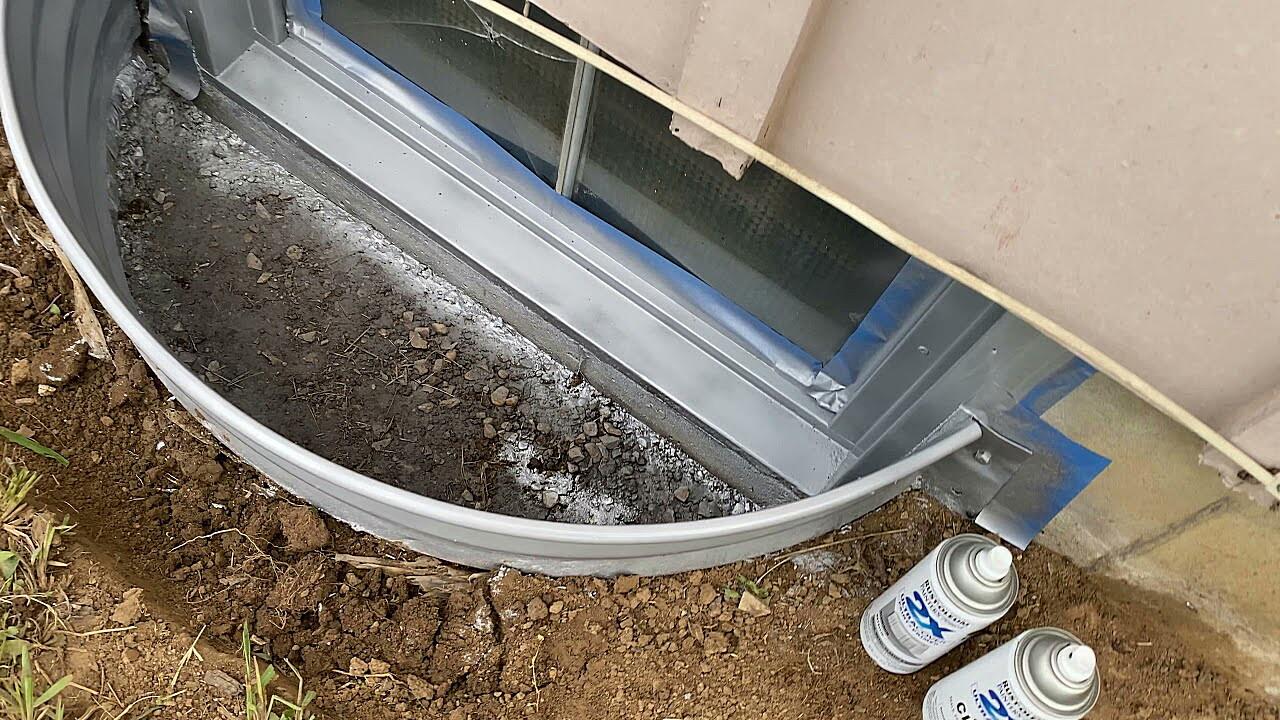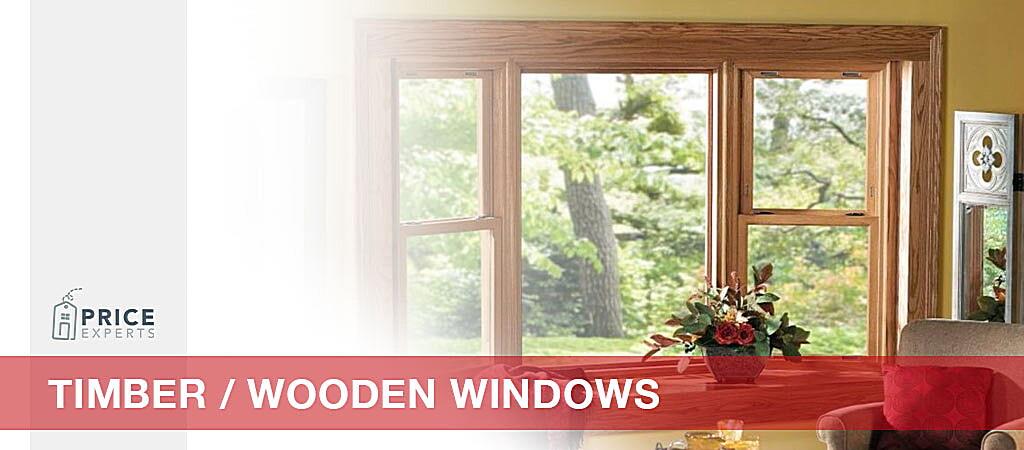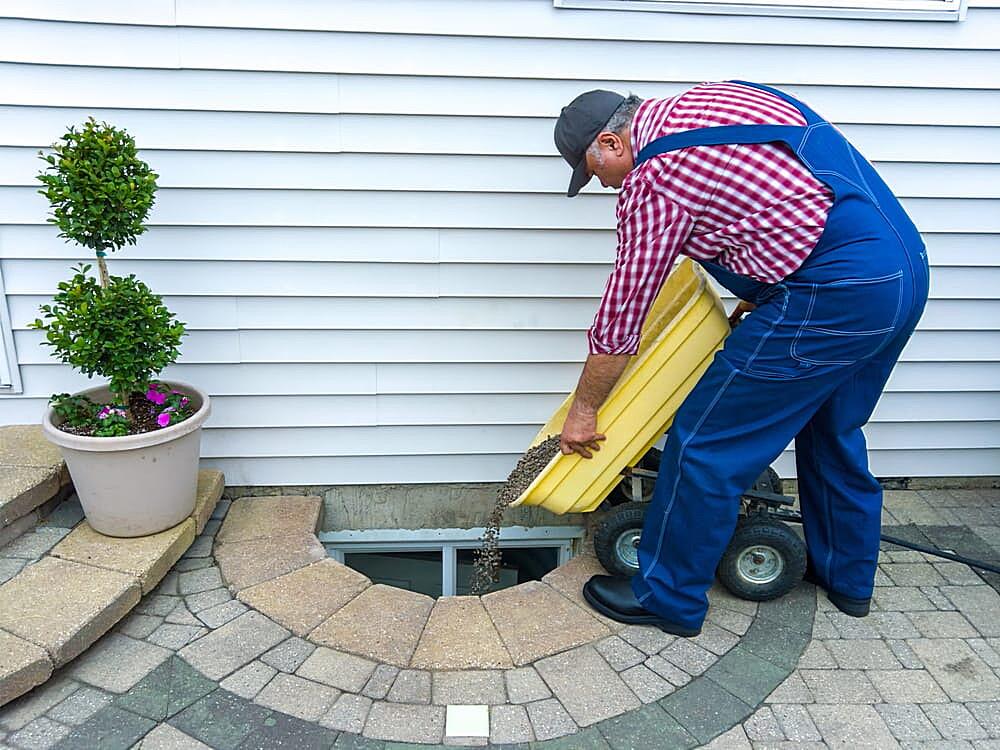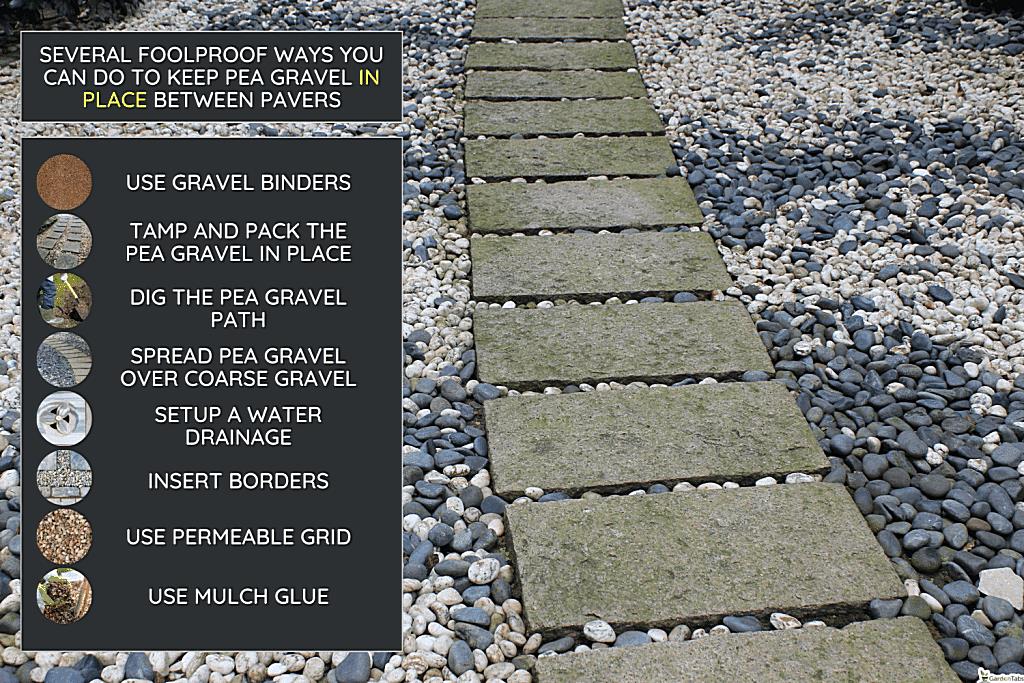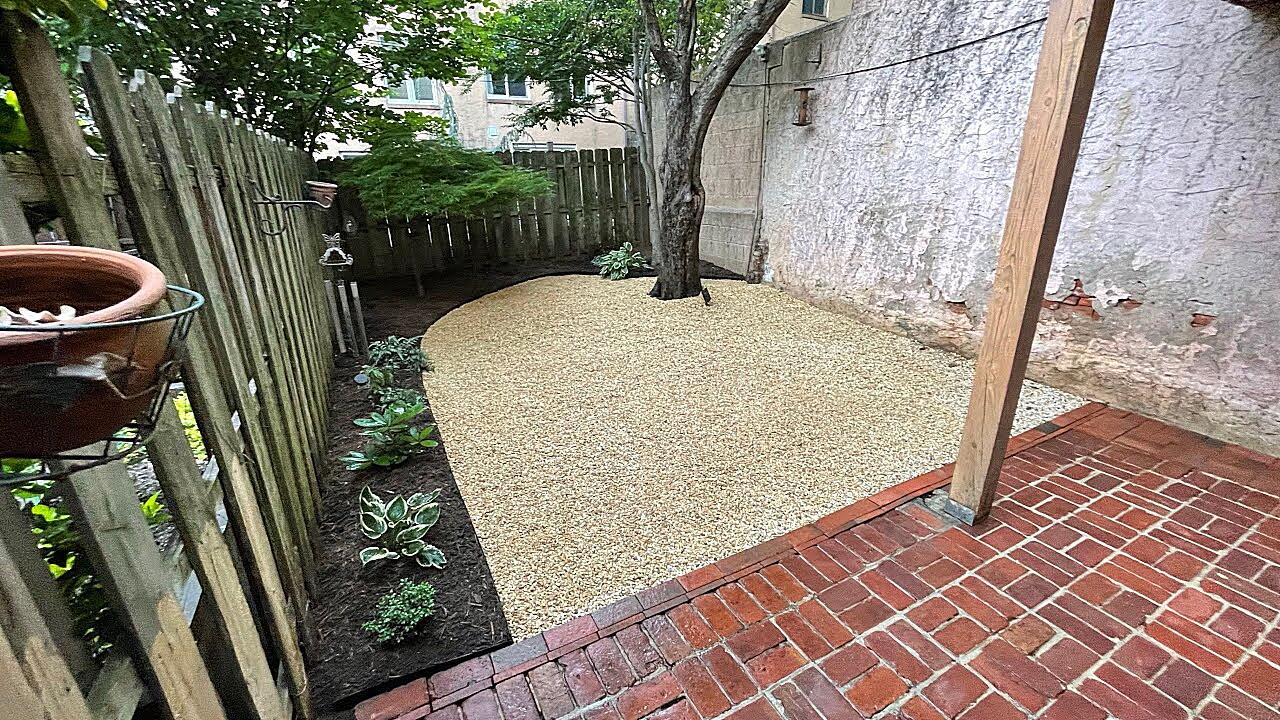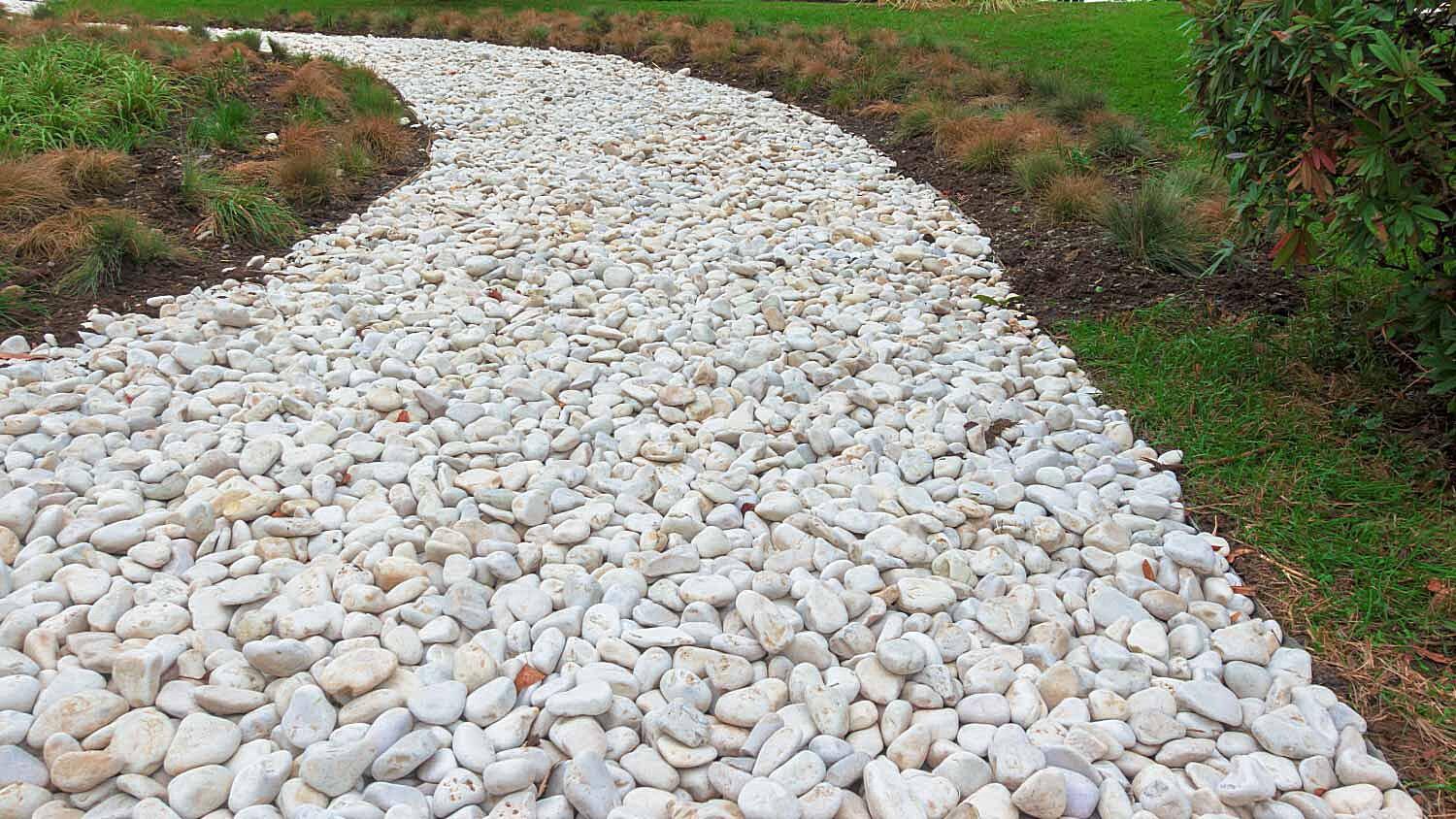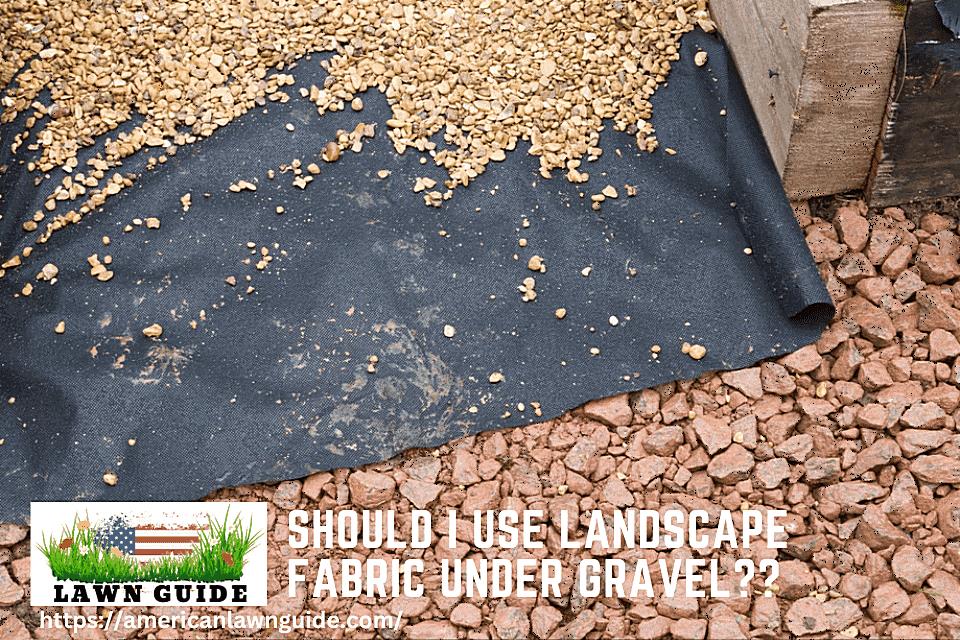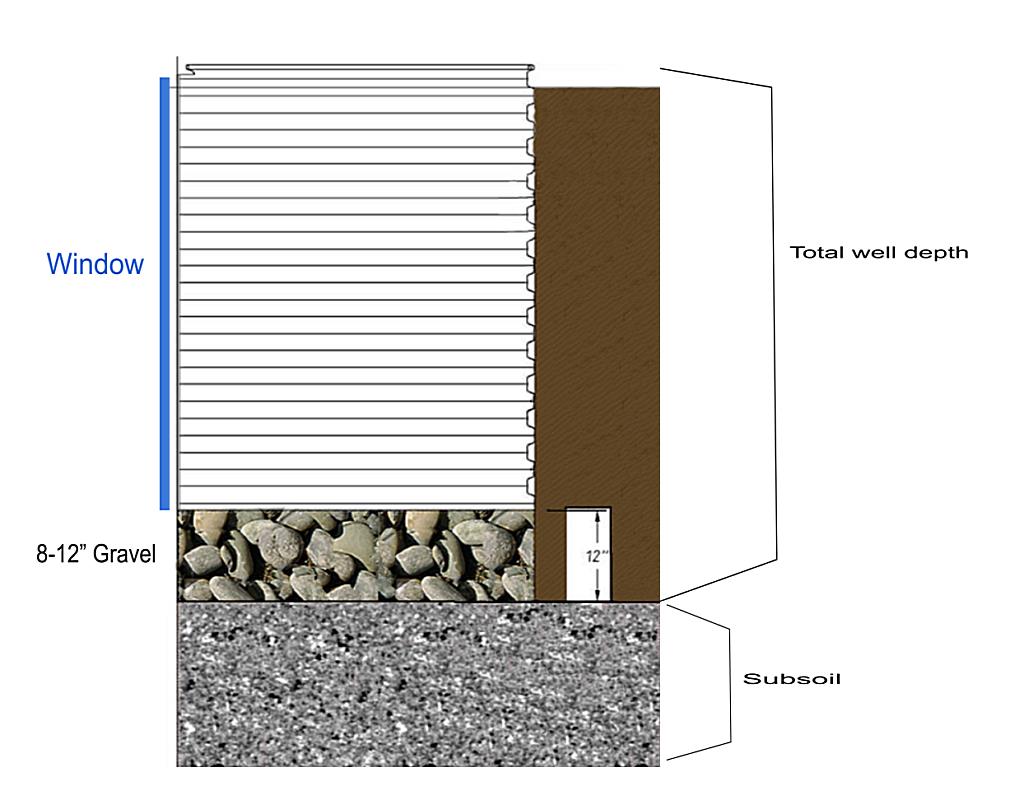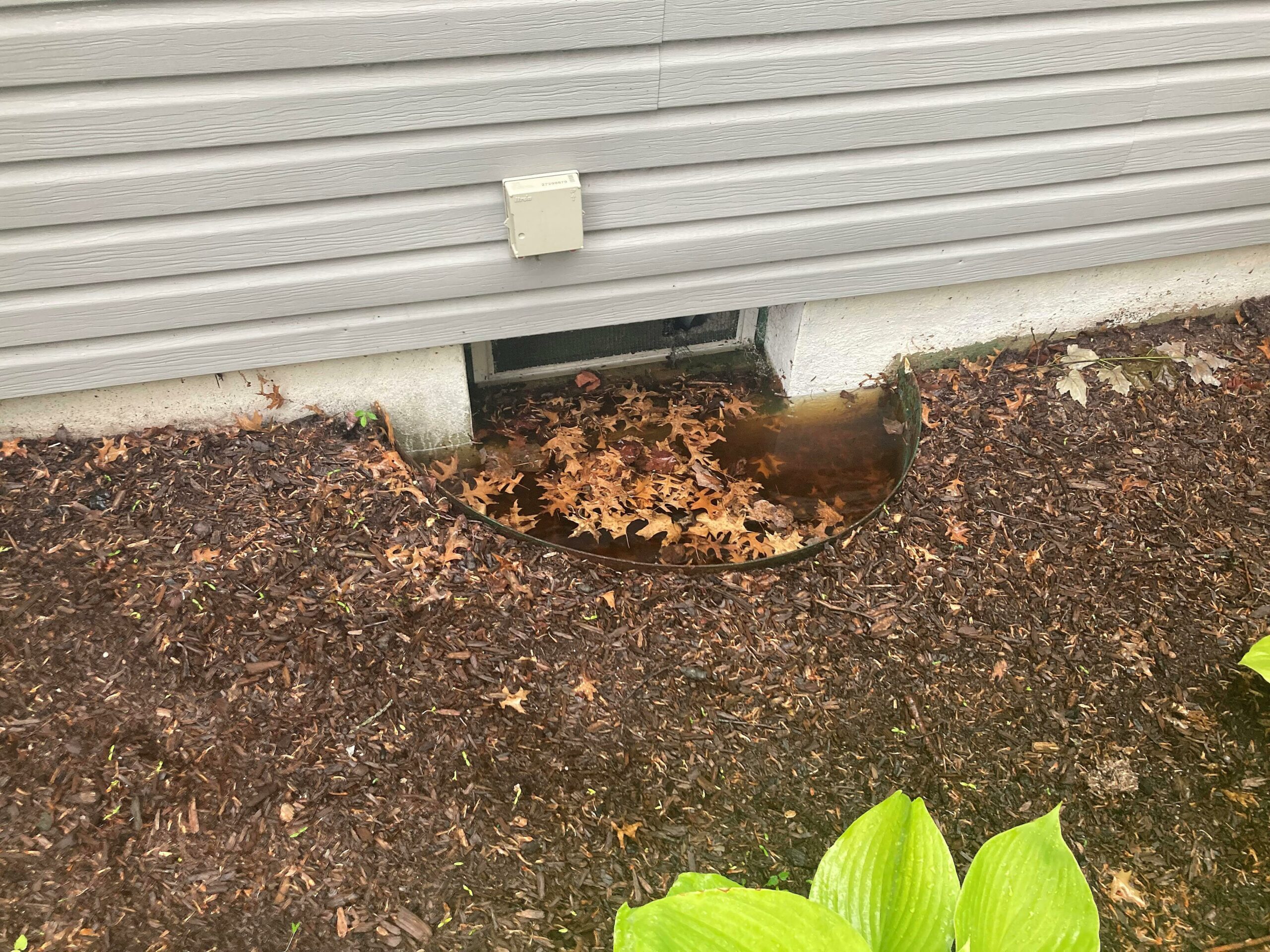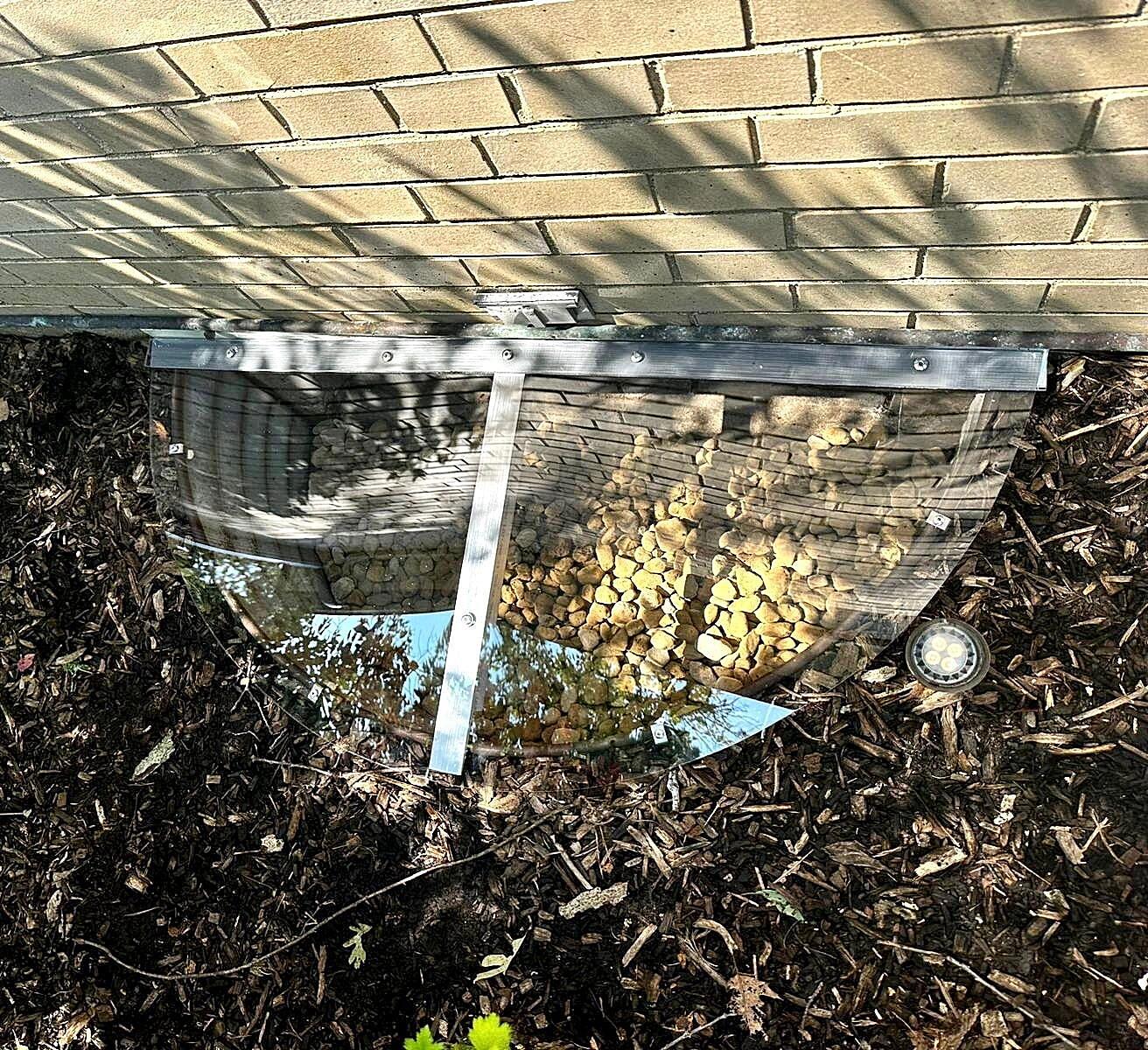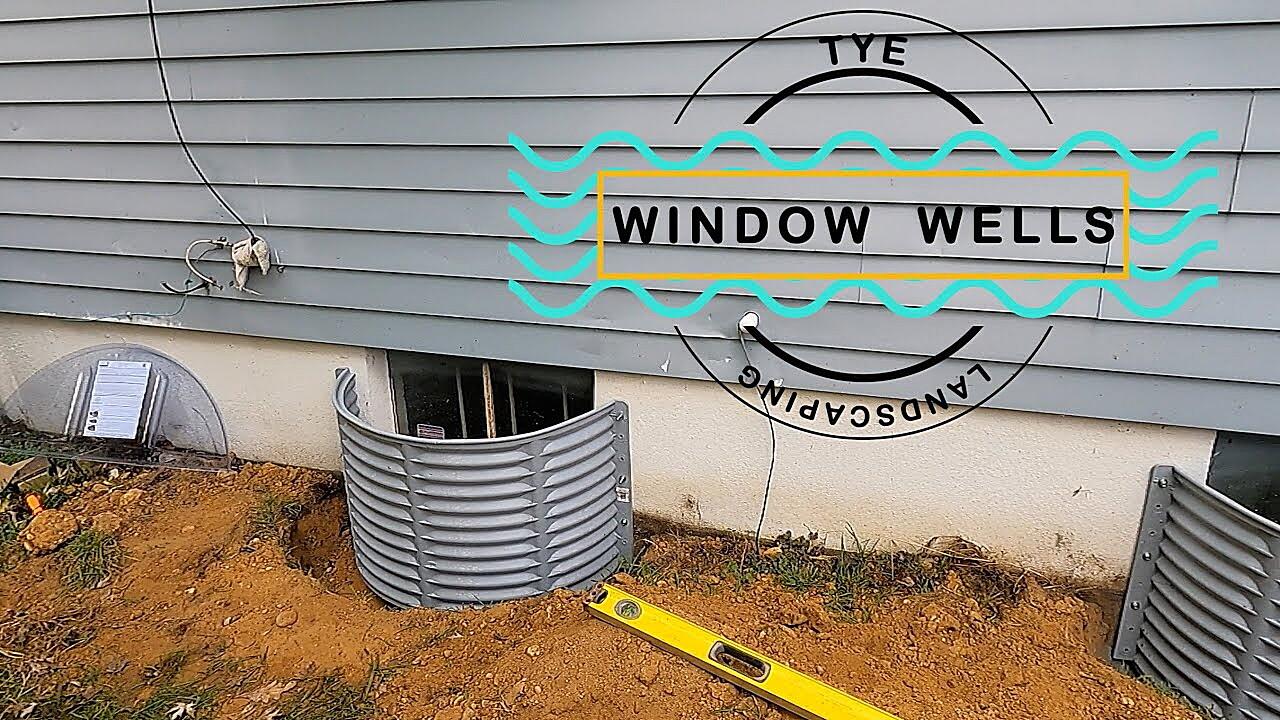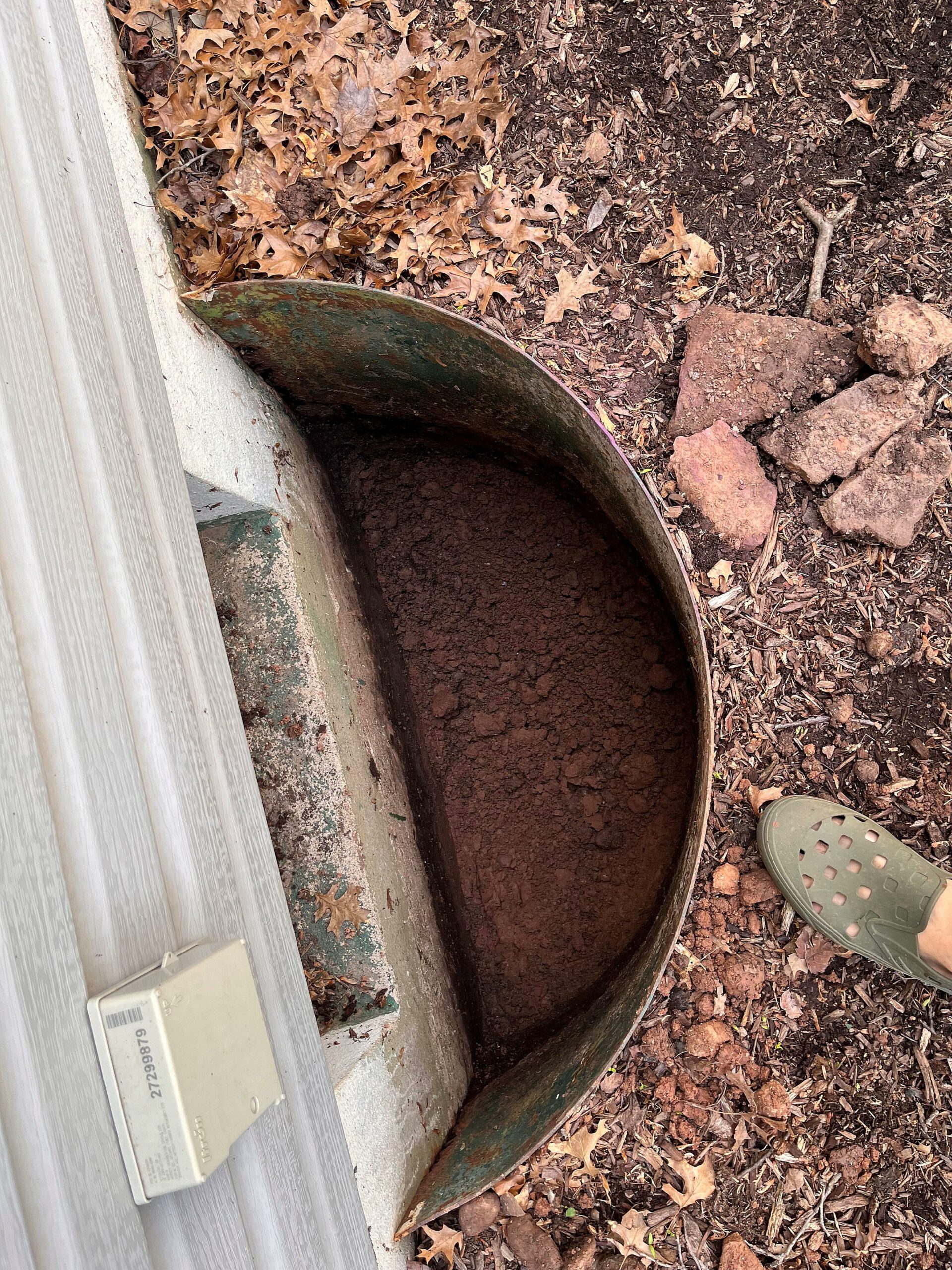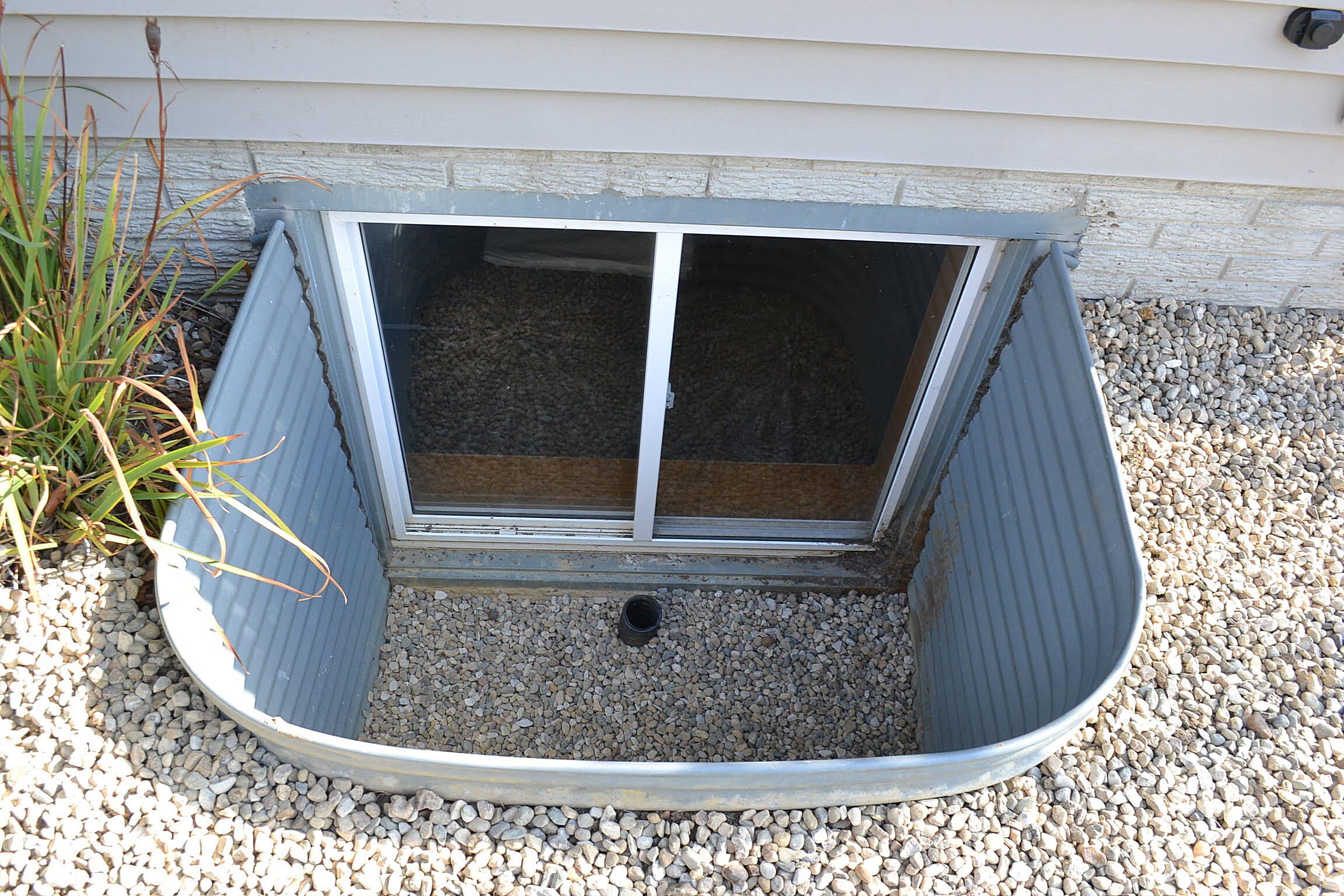You May Also Like :
Should I Put Pea Gravel in My Window Wells? Let’s Dig In!
1. The Gravelly Truth About Window Wells
Window wells. Those unassuming little areas around your basement windows that are often overlooked. But trust me, they’re more important than you might think. They’re like the unsung heroes protecting your home from water damage and unwanted critters. One common question homeowners ponder is, “Should I put pea gravel in my window wells?” Well, let’s explore the pros and cons and see if it’s the right choice for you. Consider it an investment in your home’s long-term well-being. Window wells are frequently exposed to all sorts of weather conditions so take precautions.
Pea gravel, with its smooth, rounded edges, is often touted as a good option. But is it really all sunshine and roses? Or are there some hidden thorns we need to consider? This guide will walk you through all that you need to consider.
First, whats so special about pea gravel anyway? Well, it’s small, it’s round, and it’s generally inexpensive. It comes in a variety of colors, which means you can even use it to add a bit of aesthetic appeal to your window wells! It’s usually made from the likes of limestone, granite, and even sandstone.
But before you rush out to buy bags of pea gravel, lets dive deeper. We need to examine the potential benefits and drawbacks of using it in your window wells. Ultimately, the decision rests with you, but being well-informed is the key to any successful home improvement endeavor.
The Perks of Pea Gravel
2. Benefits of Using Pea Gravel in Window Wells
One of the primary reasons people consider pea gravel is its excellent drainage properties. Think of it like a tiny water slide for rainwater. The spaces between the pebbles allow water to flow freely, preventing it from pooling around your foundation. This can be particularly beneficial in areas with heavy rainfall or poor soil drainage. Good drainage helps prevent hydrostatic pressure, which can cause foundation cracks and leaks. No one wants a leaky basement!
Furthermore, pea gravel can act as a barrier against debris. Leaves, twigs, and other unwanted materials tend to settle on top of the gravel, rather than clogging up the drainage system. This makes it easier to maintain your window wells and keep them functioning properly. Plus, a clean window well is a happy window well. Regular maintenance will always be needed however.
Another often-overlooked benefit is its ability to deter pests. While it won’t completely eliminate them, a layer of pea gravel can make it more difficult for insects and rodents to burrow and make their home near your foundation. Imagine it as a tiny obstacle course they’d rather avoid. The looser structure of pea gravel, compared to packed dirt, makes it less inviting for digging and nesting.
Let’s not forget aesthetics! Pea gravel can improve the overall appearance of your window wells. It provides a clean, uniform look that’s much more appealing than bare dirt or overgrown weeds. Choosing a color that complements your home’s exterior can add a touch of curb appeal. Consider it a small, but noticeable, improvement to your home’s overall presentation. Think of it like adding a little touch of elegance to an otherwise utilitarian space.
The Downside of Pea Gravel
3. Drawbacks to Keep in Mind Before You Buy
While pea gravel has several advantages, it’s not without its drawbacks. One potential issue is that it can sometimes become compacted over time, especially if it’s not properly maintained. This compaction can reduce its drainage capacity, defeating its primary purpose. Regular raking and occasional replacement can help mitigate this issue. It’s all about keeping those little pebbles loose and free.
Another consideration is that pea gravel can be a bit of a pain to clean. While it does help prevent debris from clogging the drainage system, it can also trap dirt and grime. You might need to periodically rinse or replace the gravel to keep it looking its best. A quick rinse with a garden hose can often do the trick, but more thorough cleaning might be necessary from time to time.
Additionally, pea gravel might not be the best choice if you have small children or pets who are prone to eating everything they find. While pea gravel isn’t toxic, it’s definitely not something you want them ingesting. Consider alternative materials or take extra precautions to prevent them from accessing the window wells. Safety first, always!
Finally, depending on the size and number of your window wells, the cost of pea gravel can add up. While it’s generally inexpensive, you might need a significant amount to fill each well to the desired level. Be sure to factor in the cost of materials and labor (if you’re not doing it yourself) before making a decision. A little planning can save you from unexpected expenses down the road.
Alternatives to Pea Gravel
4. Exploring Other Window Well Materials
If pea gravel doesn’t seem like the perfect fit for your window wells, don’t worry! There are several other materials you can consider. Crushed stone, for example, offers similar drainage properties but is less likely to compact over time. It’s a coarser material that allows for better airflow and water flow. Think of it as pea gravel’s more rugged cousin.
Another option is river rock, which is larger and more decorative than pea gravel. It can add a more natural and aesthetically pleasing look to your window wells. However, it’s important to choose rocks that are smooth and rounded to avoid sharp edges. Safety and aesthetics can go hand in hand!
Some homeowners also opt for mulch or wood chips. While these materials can help retain moisture and suppress weeds, they’re not ideal for drainage. They can also decompose over time, creating a breeding ground for pests and mold. Use them with caution, and be sure to replace them regularly.
Ultimately, the best material for your window wells will depend on your specific needs and preferences. Consider factors like drainage, aesthetics, maintenance, and cost when making your decision. Don’t be afraid to experiment and see what works best for your home. After all, a well-maintained window well is a happy window well!
Installation and Maintenance
5. Steps to Install and Maintain Pea Gravel in Window Wells
So, you’ve decided to go with pea gravel? Great! Here’s a quick guide to installing and maintaining it. First, start by cleaning out your window wells. Remove any debris, weeds, or accumulated dirt. A clean slate is essential for optimal drainage. Think of it as prepping a canvas before painting.
Next, line the bottom of the window well with a layer of landscape fabric. This will prevent weeds from growing up through the gravel and make it easier to clean. It’s like adding a protective shield against unwanted invaders. Plus, it helps to keep the gravel from mixing with the soil below.
Then, carefully pour the pea gravel into the window well, filling it to the desired level. Aim for a depth of at least 4-6 inches to ensure proper drainage. A thicker layer provides better filtration and protection against pests. Don’t be afraid to use a level to ensure an even distribution.
Finally, maintain your pea gravel by regularly raking it to prevent compaction and removing any accumulated debris. Periodically rinse it with a garden hose to remove dirt and grime. With a little bit of care, your pea gravel window wells will stay in great shape for years to come. It’s all about preventative maintenance and keeping things tidy.
